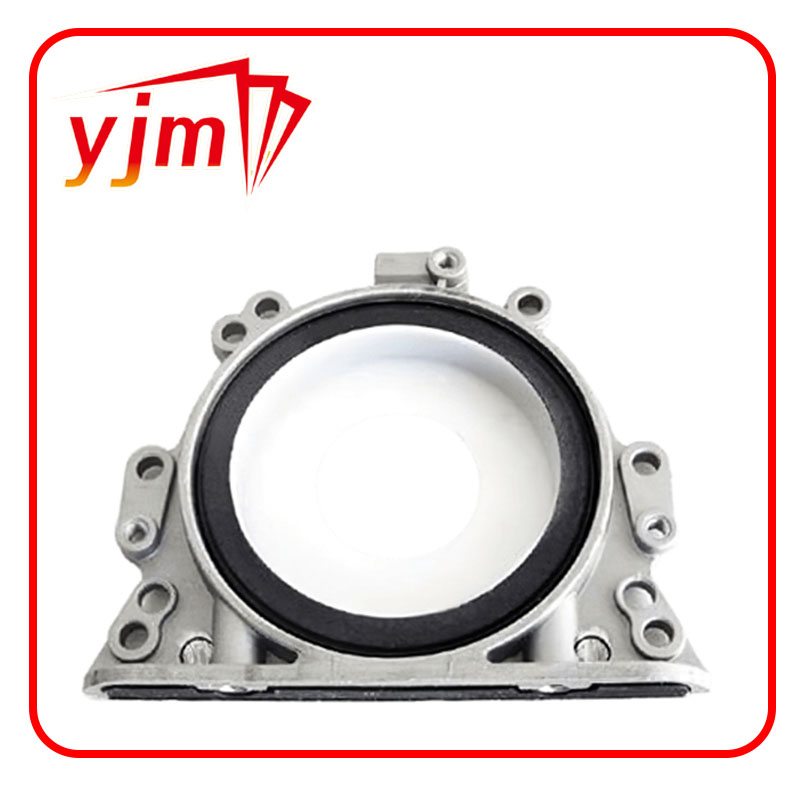steering pump rebuild kit
Understanding Steering Pump Rebuild Kits A Comprehensive Guide
A steering pump is an essential component of a vehicle's power steering system, providing the hydraulic pressure necessary for smooth steering operation. Over time, these pumps can wear out or fail due to various reasons, including wear and tear, contamination, or even insufficient fluid levels. When this happens, many car enthusiasts and mechanics consider a steering pump rebuild as a cost-effective alternative to complete replacement. This is where steering pump rebuild kits come into play.
What is a Steering Pump Rebuild Kit?
A steering pump rebuild kit typically contains all the necessary components to restore a power steering pump to its optimal condition. This often includes O-rings, seals, gaskets, and sometimes even bearings. The kit is designed to enable vehicle owners or mechanics to replace worn-out parts without having to purchase a brand-new pump, saving both time and money.
Benefits of Using a Rebuild Kit
1. Cost-Effective Rebuilding a pump using a kit is generally less expensive than buying a new or remanufactured pump. This is particularly beneficial for exotic or vintage cars where parts may be hard to find or prohibitively expensive.
2. Environmental Considerations By choosing to rebuild rather than replace, you contribute to reducing automotive waste and the demand for new components, aligning with more sustainable practices.
3. Enhanced Performance A properly rebuilt pump can perform as effectively as a new one. By replacing only the failing components, you can restore functionality and extend the lifespan of the pump.
4. Learning Experience For DIY enthusiasts, rebuilding a steering pump can provide hands-on experience and a deeper understanding of vehicle mechanics.
steering pump rebuild kit

Steps to Rebuild a Steering Pump
1. Disassembly Carefully remove the steering pump from the vehicle. This usually involves disconnecting several hydraulic lines and electrical connectors.
2. Inspection Examine the pump for wear, damage, or contamination. Note any additional components that may need replacement.
3. Cleaning Thoroughly clean all parts, focusing on eliminating any debris or old fluid. This is crucial for ensuring a proper seal upon reassembly.
4. Replacement Using the components from the rebuild kit, replace all worn or damaged parts. Pay particular attention to the installation of O-rings and seals to prevent future leaks.
5. Reassembly and Testing Carefully reassemble the pump, ensuring that all fasteners are torqued to manufacturer specifications. Once reinstalled, test the pump by checking for leaks and ensuring that the steering system operates smoothly.
Conclusion
Steering pump rebuild kits represent an invaluable resource for maintaining a vehicle's power steering system. By offering a cost-effective and environmentally friendly solution, these kits allow vehicle owners to extend the life of their steering pumps and benefit from enhanced performance. Whether you're a professional mechanic or a DIY enthusiast, understanding the components and processes involved in a steering pump rebuild can empower you to make informed decisions about vehicle maintenance. Always remember to consult the manufacturer’s guidelines and specifications to ensure a successful rebuild.
-
The Ultimate Guide to Car Repair Kits: Tools and Essentials Every Driver Should Own
News Aug.01,2025
-
The Complete Guide to Oil Pan Gaskets: Sealing Engine Leaks the Right Way
News Aug.01,2025
-
Preventing Oil Leaks: A Complete Guide to Oil Pan Gaskets and Drain Seals
News Aug.01,2025
-
Everything You Need to Know About Oil Pan Gaskets and Drain Plug Seals
News Aug.01,2025
-
Essential for Car Owners: How to Use a Car Repair Kit to Deal with Minor Breakdown
News Aug.01,2025
-
Comprehensive Guide to Engine Oil Sump Gaskets and Related Seals
News Aug.01,2025
-
The Ultimate Guide to Boat Propeller Bearings and Trailer Wheel Bearings
News Jul.31,2025
Products categories















